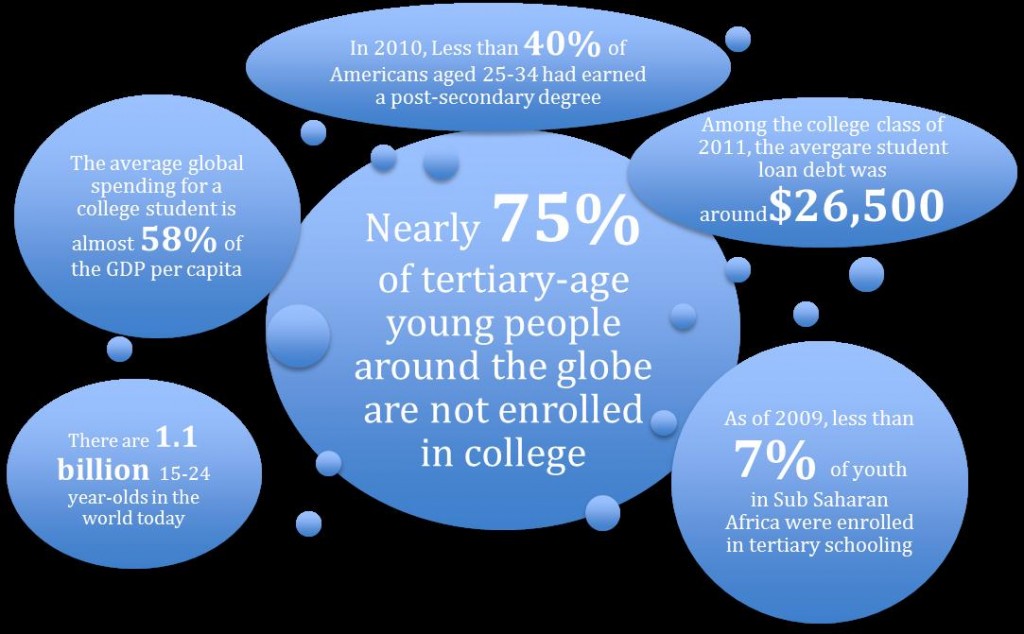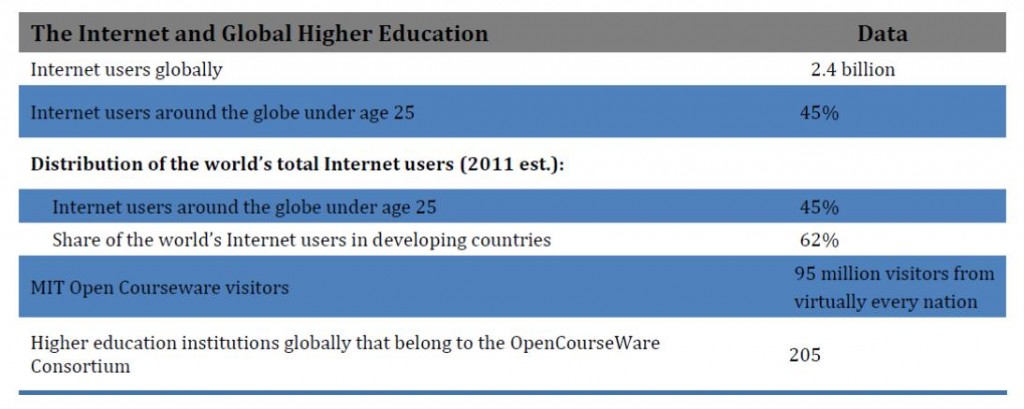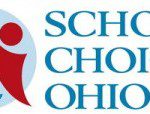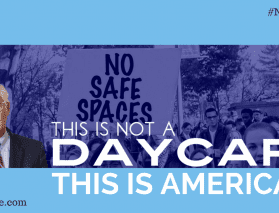National School Choice Week 2013, which runs from Jan. 27 through Feb. 2, shines a spotlight on the need for education opportunities for all. In only its third year, this bipartisan, grassroots effort features more than 3,500 events spanning all 50 states.
This is a guest post be Amanda Sanchez, an integral part of the CaCHE movement exploring how to connect college education, the Internet, and local churches around the world.
 While school vouchers, alternative educational options, and tax credits might be the first issues that come to mind with the mention of National School Choice Week, a much broader issue truly lies at the heart of the matter: access to educational opportunities for all.
While school vouchers, alternative educational options, and tax credits might be the first issues that come to mind with the mention of National School Choice Week, a much broader issue truly lies at the heart of the matter: access to educational opportunities for all.
Whether that’s defined as access to a better quality education (as in the case of students in under-achieving districts), access to education of a different quality (as in the case of home-schooling parents or religious schools), or a combination of both better and different, our discourse needs to be reframed to capture what’s really at stake.
Speaking in terms of “access” isn’t just a semantic nuance; rather, it defines the way we engage with the entire issue of school choice and, most importantly, the way we understand what it means to engage with this issue from a Kingdom perspective.
Educational Access and Its Vital Counterpart
There’s one additional piece, though, that we need to talk about when we’re addressing the issue of educational access. Given the modern-day educational landscape, it is short-sighted to talk about access without also addressing its vital counterpart: innovation.
Perhaps more than at any other point in history, today’s educational innovations can be leveraged in extraordinary ways to not only serve the cause of access, but, most fundamentally, the Kingdom imperative that remains central. Neither access nor innovation are ends in themselves, but serve the purpose of providing a gateway to opportunities otherwise unachievable.
Access and Innovation in Context
Just to put these issues a bit more into perspective, let’s look at the educational access and innovation pictures from both a domestic and international vantage point.
Although beyond the parameters of the typical school choice discussions, let’s take the example of higher education, which perhaps has the worst track record when it comes to access but possibly the greatest potential for leveraging innovation, particularly technological innovation.
Access and Affordability in Higher Education [1]
Technological Possibility [2]
The “So What?” Question
If you’re like me, you might be inclined to sideline these figures on the basis that they’re irrelevant to the school choice discussion at hand. Isn’t school choice a K-12 issue? But if we look beyond the surface, it’s also obvious that today’s school choice issues will naturally spill over into tomorrow’s higher education challenges.
As evidenced by a 2008 RAND study, “Going Beyond Test Scores: Evaluating Charter School Impact on Educational Attainment in Chicago and Florida,” students attending a charter high school had an 8 to 10 percent greater likelihood of attending college.
Most American parents and students are deeply aware that the educational pipeline doesn’t stop at high school, and we’d be remiss to neglect the implications of the school choice debate at the college level. Moreover, depending on how the school choice debate gets addressed in this decade, the access concerns that lie ahead for higher education could be intensified.
As the statistics above attest, higher education access already stands as a looming challenge, even as the possibilities for technological innovation are expanding rapidly. Moreover, this is not just a higher education phenomenon, as this statistical snapshot really has relevance for both the primary/secondary and tertiary education levels.
Although the picture is bleak, the potential is massive, because “Big Breakthroughs happen when what is suddenly possible meets what is desperately necessary.”
The “Suddenly Possible”
What’s the “suddenly possible” today? It’s the fact that through the burgeoning amount of free high-quality online educational content, the growing access to the Internet worldwide, the enormous amount of human and social capital that resides within the global Body of Christ, and the myriad opportunities to integrate learning with service and development in the community, a new Kingdom model can emerge:
Equip local churches around the world to comprehensively disciple young people in their community through education
- Employing the best available curriculum
- Engaging the best-of-the-best teachers
- Using a blend of Internet and face-to-face pedagogy
With the goal of building up godly citizens and servant-leaders
- Educated in the context of a Christian worldview and
- Equipped to transform their nation for the glory of God.
The CaCHE Movement
Quite possibly for the first time in history, the potential for increasing access to educational options worldwide—and doing so from a distinctively Christian perspective—is within our reach.
The Church-based and Community-centered Higher Education (CaCHE) movement is championing this very cause, bringing together resources, partnerships, and a global network to take such a movement forward around the world. School choice must be recognized as the systemic issue it truly is, stretching from pre-K all the way to tertiary education.
If one point in the system is weak, it compromises all other points in the system. Higher education occupies an important role in the broader school choice debate. The exciting reality is that the potential for increasing access through innovation exists not just for the tertiary level, but also at other levels as well.
Just imagine the potential for the Church to lead a movement that expands educational access, builds upon the vast technological innovation of the 21st century, and most importantly, does so with a Kingdom imperative that integrates discipleship into the educational process!
If your imagination is piqued, I invite you to visit CaCHEGlobal.net and learn more about your potential role in this growing global initiative.
Sources for charts below.
[1] Data Sources: EdStats, Education Advisory Service, World Bank, posted on GlobalHigherEd (http://globalhighered.wordpress.com/2011/11/26/tertiary-education-a-global-report/); report from the Institute for College Access and Success’s Project on Student Debt, cited by Lewin in The New York Times (http://www.nytimes.com/2012/10/18/education/report-says-average-student-loan-debt-is-up-to-26500.html); Data cited by Advocatesfor Youth (http://www.advocatesforyouth.org/publications/455?task=view). U.S. Census data cited O’Shaughnessy on CBSNews.com (http://www.cbsnews.com/8301-505143_162-57471004/number-of-college-graduates-on-the-rise/).
[2] Data Sources: Internet World Stats (http://www.internetworldstats.com/stats.htm); Blogs.worldbank.org (http://blogs.worldbank.org/publicsphere/media-revolutions-global-internet-use); Lisa Spiro on New Learning Resources (http://newlearningresources.wordpress.com/2012/03/02/open-education-by-the-numbers/).
Back to the start of School Choice Week — When Public Isn’t Public Anymore














